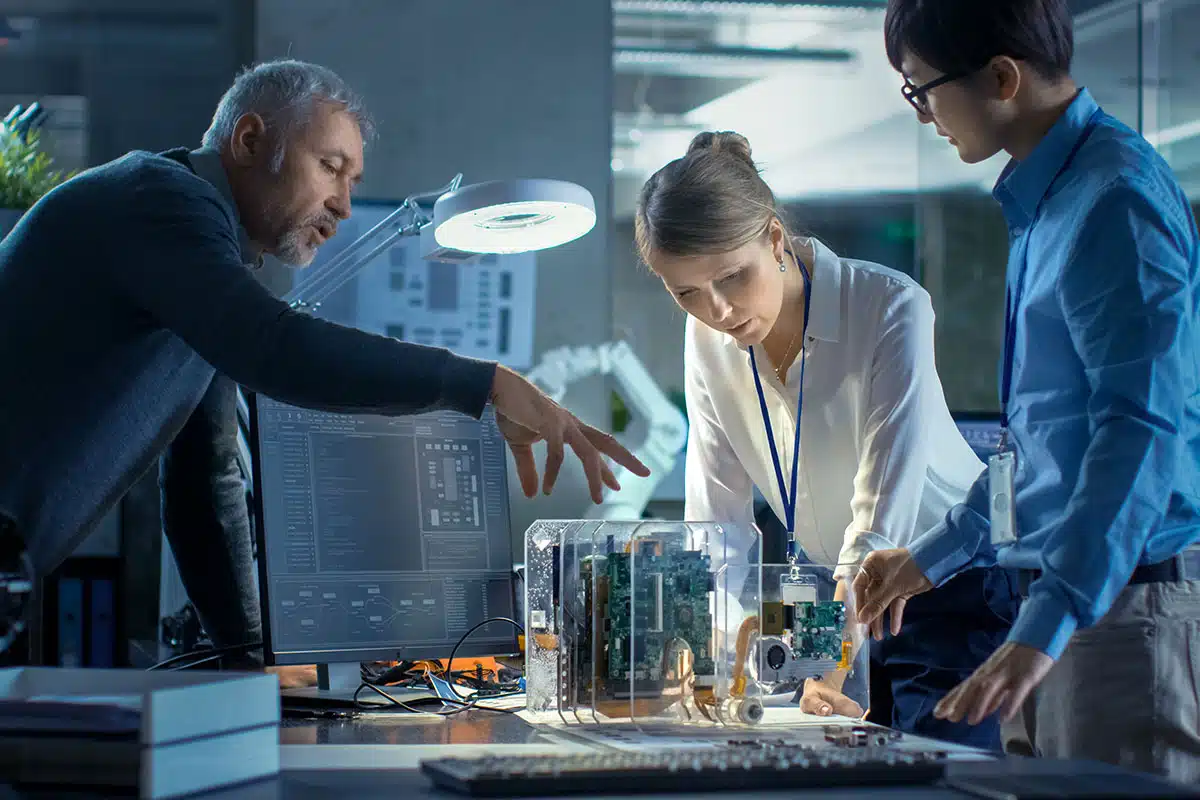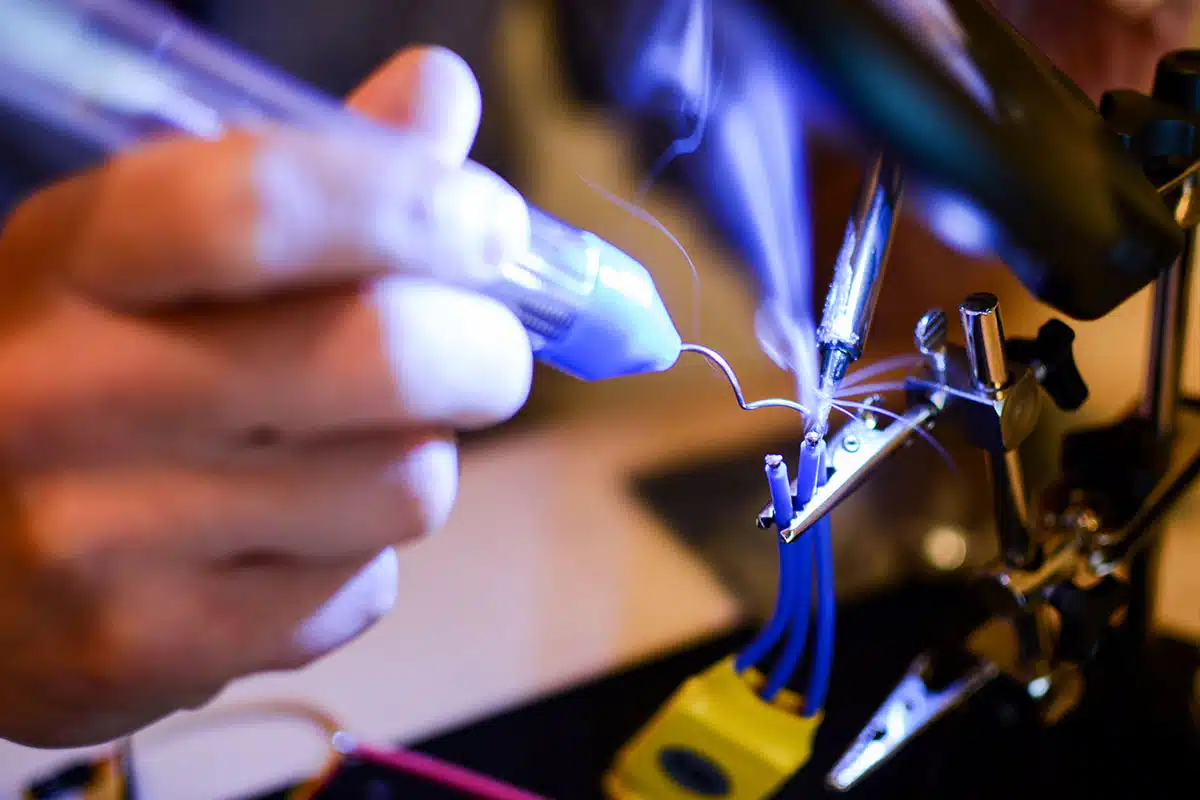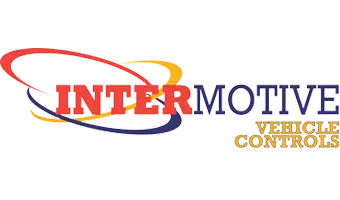The first manufacturing robot was installed in a General Motors plant in 1961. Called Unimate, it was able to stack hot die-cast metal pieces accurately, but that was all it could do. Since then, robots have come a long way, taking on jobs previously done by humans: precisely building small electronic components, washing windows on high-rise buildings, or assisting surgeons in the operating room. Purina even fittingly employs a quadruped “dog” robot, dubbed Spot, that can literally climb stairs as it makes routine inspections. Now collaborative robots (cobots), which are designed to work alongside humans, are taking robotics in yet another direction. Cobots in manufacturing are boosting flexibility, productivity, and safety—often at a fraction of the cost of traditional manufacturing robots.
With their flexibility, affordability, and ease of use, cobots can be a powerful manufacturing solution for companies of all sizes.
Because of their ability to work alongside humans and enhance human output, cobots in manufacturing are a fast-growing segment of the robotics industry. Fueled by shortages of qualified workers as well as increasing labor costs, the cobot market is expected to explode from $1.5 billion in 2023 to $23.5 billion by 2033, according to Tech Target. Automation—especially in the industries of healthcare, manufacturing, and logistics—is one of the primary drivers for the growth of these collaborative machines.
When is a Robot a Cobot?
While they are a segment of the robotics industry, cobots are different from traditional industrial robots. Cobots, by definition, are collaborative, intentionally designed to physically interact with humans in a common workspace. While a traditional robot may be designed to replace a human, a cobot is made to augment human capabilities with extra precision, strength, and data capability. Simply put, cobots allow humans to do more.
Cobots have many of the capabilities of traditional robots, with the addition of enhanced safety features that make them suitable for collaborative applications. These features include one or more of the following:
- Safety Monitored Stop—enables the cobot to halt motion when safety parameters are triggered
- Hand-Guided Programming—allows an operator to program the cobot by manually guiding it
- Speed and Separation Monitoring—enables the cobot to adjust its speed based on its proximity to humans
- Power and Force Limiting—triggers a drop in the cobot’s power or force to prevent harm to humans or objects
5 Advantages of Cobots in Manufacturing
Cobots in manufacturing usually have an arm with joints that allow the arm to bend, rotate, and extend. These cobots are ideal for assembly, machine tending, and product quality inspection and control, and they offer many advantages over traditional robots.
- Safety: Traditional robots routinely work at high speeds and quickly perform repetitive tasks. Unfortunately, these speeds can pose immense danger to humans, necessitating safety measures like fences to keep humans separate—and safe—in their presence. In contrast, cobots are specifically designed to collaborate with humans and comply with enhanced safety standards. For example, fenceless cobots, also known as speed-and-separation cobots, have laser scanners that create safety zones around their workspaces. These scanners detect when a person is nearby so that the cobot can stop or slow down to avoid an accident. Likewise, speed limits, power limits, and ergonomic designs all contribute to the safety of cobots.
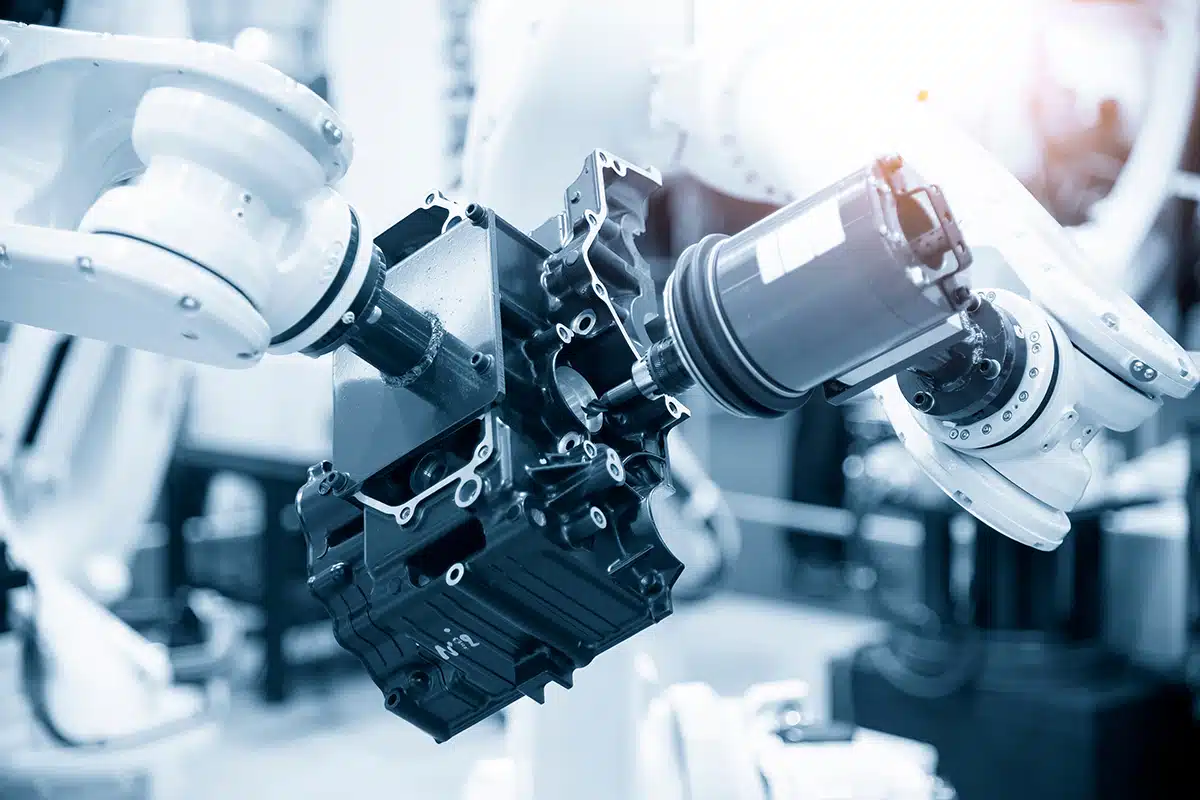
- Flexibility: Cobots are much more flexible than traditional industrial robots. For example, they can more easily be re-programmed to perform different tasks. Likewise, their smaller size makes them adaptable to multiple workspaces. This flexibility can be especially useful for mid-sized businesses that might not have a level of production that justifies large, dedicated automation systems. For these businesses especially, flexibility helps justify an investment in robotics.
- User-Friendly: Gone are the days when you needed to be a technical expert to take advantage of digital technology. Today, an iPhone can act as a human-machine interface for your glucose monitor, your washing machine can send you a text for required maintenance—and an average factory worker can reprogram a cobot. To do this, a worker simply guides the cobot through the required paths and positions to complete the new task. The cobot literally learns by doing. Hand-guided programming is one of the breakthroughs that has made cobots practical. And it’s especially useful in situations where a cobot needs to move between stations to accomplish different tasks, as it eliminates the extensive downtime traditionally required for reprogramming.
- Lightweight and Compact: Cobots are lighter than traditional robots, allowing them to be easily moved and positioned. Likewise, they are more compact, enabling them to fit into tight workspaces and existing workstations. These attributes make it easier for manufacturers to integrate automation into an existing workspace, without the need for major modifications to a facility.
- Cost/Return on Investment: Automate.org reports that the positive cash flow from robotic systems can turn a $250,000 investment into approximately $1.5 million of positive cash flow by the seventh or eighth year, primarily through labor savings and productivity gains. Yet, despite the exponential payout from robotics, not all companies desire—or have the means—for the large initial investment required of traditional industrial robots. Cobots, however, cost a fraction of their traditional robotic counterparts, meaning payback periods are measured in months not years. So, while a fully automated smart factory may be the ideal for a large company, cobots are leveling the playing field for medium-sized companies.
Cobots in Manufacturing are Boosting Efficiency
Cobots in manufacturing are bringing increased efficiency to many industries. In the car industry, for example, cobots are the newest automotive technology to be added to the factory floor. Passenger safety is a top priority for car manufacturers, and even a small misalignment on a critical part during assembly can compromise a car’s safety. Cobots, working alongside humans, can add precision and accuracy that are beyond human capabilities.
One example of cobots in action is at BMW Group’s Spartanburg site in Greer, South Carolina. At this manufacturing plant, four cobots equip the insides of the BMW X3 model door with sound and moisture insulation. Previously, workers used a manual roller to adhere the insulation. This highly labor-intensive task is now performed by systems with roller heads on robot arms. The cobots can handle the job with much more precision—better protecting the electronics in the door and the entire vehicle against moisture.
“Robots that assist production workers by assuming labor-intensive tasks will characterize the factory of the future,” explains Harald Krüger, member of the Management Board of BMW AG. “Their benefits are strength and mechanical accuracy—and they perfectly complement humans’ flexibility, intelligence, and sensitivity.”
5 Tips for Integrating Cobots in Manufacturing
Before investing in cobots, it’s important to make a detailed plan for implementation, and to develop well-defined protocols for equipment maintenance. Here are five issues to keep in mind when developing your plan.
- Set Goals and Key Performance Indicators: Before jumping in with a cobot purchase, you need to define clear goals and key performance indicators. What will success look like? What are you trying to accomplish? In setting your goals, remember to include qualitative as well as quantitative goals. For example, in addition to setting a goal for an increase in units produced, set goals like improved employee safety or increased employee satisfaction.
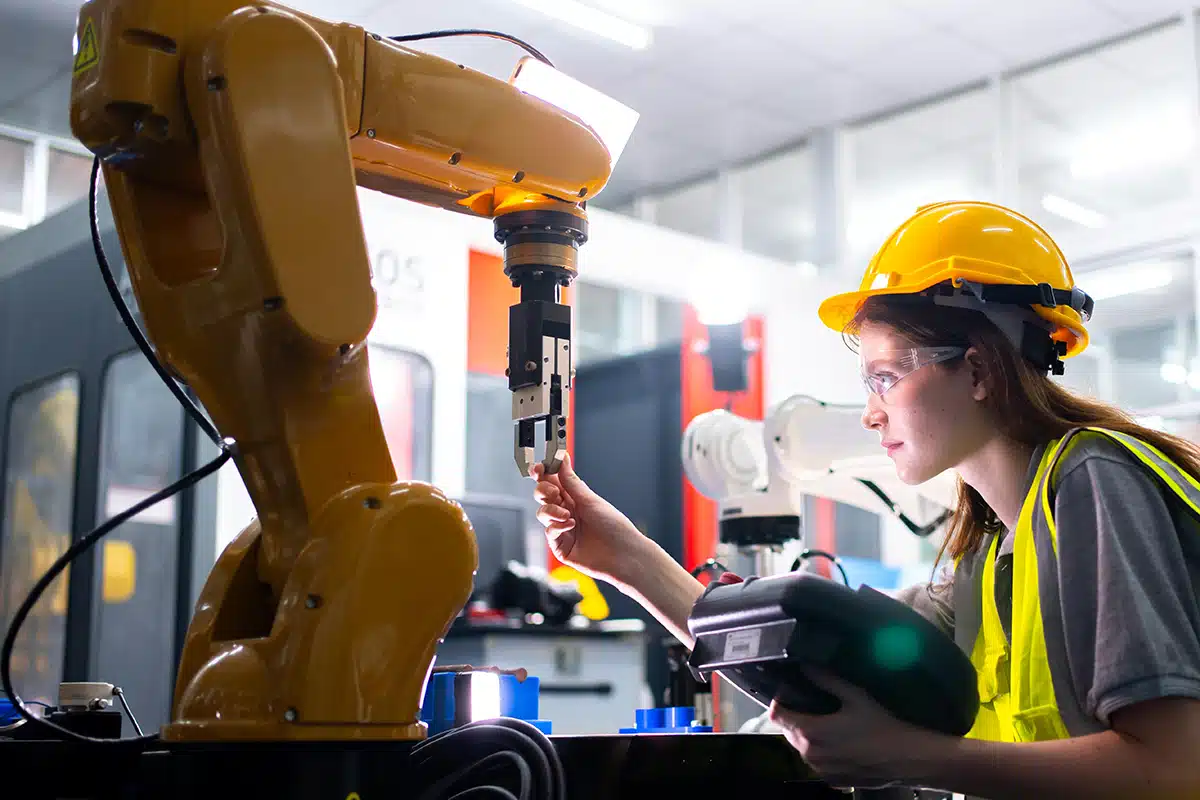
- Understand the Limitations: According to Ron Potter, Director of Robotics Technology for Factory Automation Systems, Inc., “many people don’t understand that collaborative robots are not a direct replacement for conventional robots.” While cobots have many unique advantages, keep in mind that cobots can’t compete with traditional robotic systems in some areas. For instance, your company needs to set realistic expectations for payload and speed when working with cobots in manufacturing.
- Choose the Right Cobot: Cobots in manufacturing vary in size, power, price, precision, and functionality. The right cobot for you will likely depend on your budget and the problems you are trying to solve. If the world of automation is new to you, you may want to consult with a robotics specialist or an experienced integrator.
Keep in mind when choosing a cobot that you aren’t just planning for the present. You need to account for compatibility with future expansions as well as existing systems. Fortunately, the versatility of cobots in digital manufacturing—the integration of digital technologies into the manufacturing process—can make the transition process less painful. Since cobots can easily be reprogrammed, they make it simple to meet changing production needs without significant additional costs or downtime.
- Involve your current employees: In your automation journey, it’s important to involve your current employees. Your transition will go more smoothly if you emphasize that automation is not about employee replacement. Instead, it’s a way to allow employees to focus on higher value-added activities rather than the manual, repetitive, mundane tasks that can be given to robots. Another way to gain employee buy-in is through employee feedback. For example, most companies will need to analyze current manufacturing processes before choosing a cobot. Therefore, if you are doing a time-and-motion study to identify bottlenecks, don’t forget to solicit employee input. Employees can be one of the best resources for identifying tasks that are repetitive, dangerous, or labor-intensive—and therefore possibly a good fit for a cobot.
- Develop a Detailed Road Map/Plan: You will need a detailed plan to keep all parties coordinated throughout the implementation process. This plan should include a timeline, a clear definition of roles and responsibilities, and steps to address potential risks. Your plan should also outline the parameters for a simulation test. Fortunately, specialized software is available that will allow you to create realistic simulations of your production process without risking production delays or defective products as you prepare for full cobot integration.
Your road map should also include instructions for the actual integration, including proper employee training. And your plan shouldn’t end at cobot integration. Be proactive in monitoring and maintaining your new robotics system—establish a schedule for preventive maintenance and address problems promptly.
Because of their ability to leverage the best of humans and robots, cobots are here to stay. Through seamless integration with human workers, cobots are enhancing safety, productivity, and efficiency. With their flexibility, affordability, and ease of use, they are providing powerful solutions for companies of all sizes that are seeking to take advantage of the world of automation. Manufacturers that develop a detailed cobot integration plan—and prepare their human workers in advance—will be poised to take advantage of the cobot evolution that is underway.
